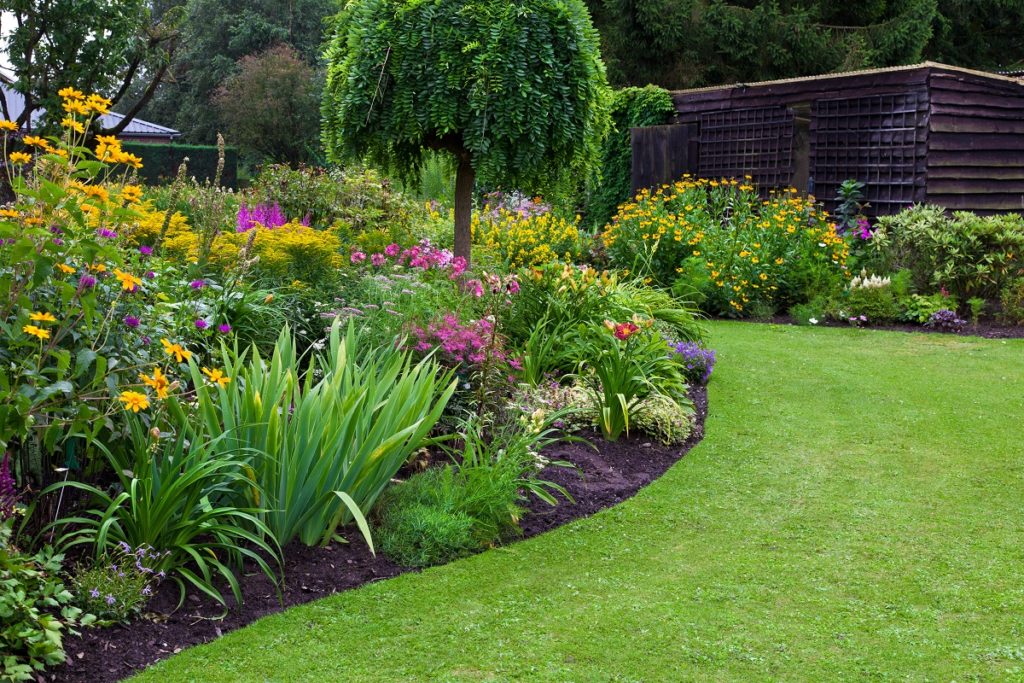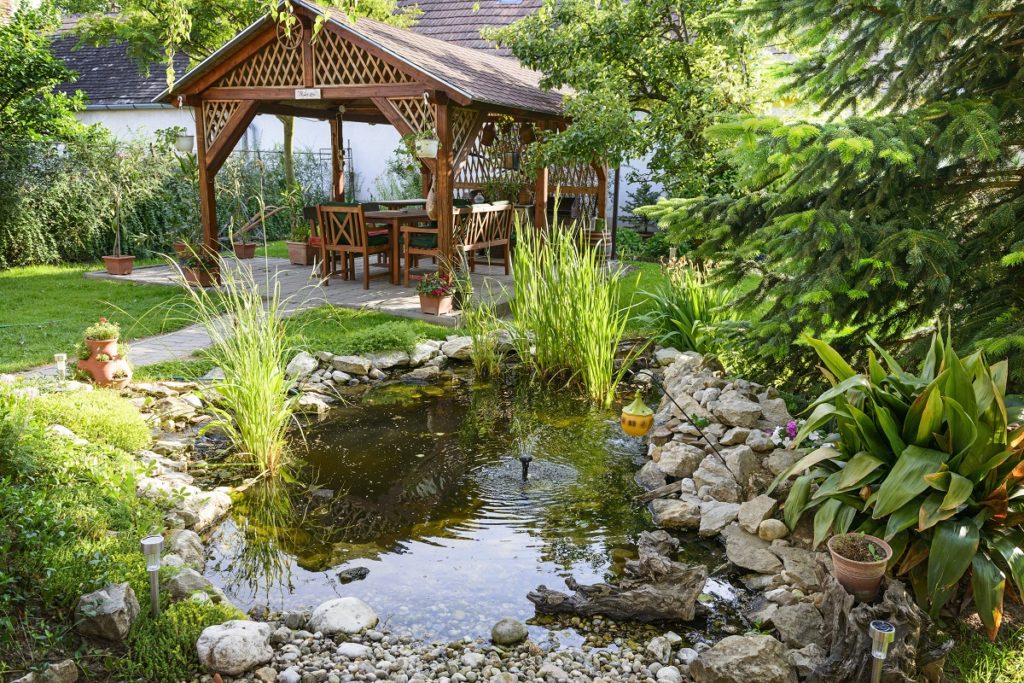
There’s no doubt about it, formal gardens are timelessly beautiful. For homeowners who have large outdoor spaces, this design works so well to fill the expansive area with visually appealing geometric shapes and patterns. While it’s remarkably aesthetic, pulling it off is no easy feat. In fact, because the design is so intricate, one wrong move in the placement of plant species or a garden ornament, and you’d mess up the entire look. Preparation is then important. Focus on these three principles that make up a formal garden design:
1. Repetition
The first thing you would notice in a classic type of garden is the principle of repetition. Geometric shapes, like circles, triangles, and rectangles, are scattered all throughout. Plant species are replicated, too. Authentic Provence and other experts noted that the same is true with certain ornaments, like statues, fountains, or antique copper garden planters.
Repetition improves the aesthetics of the space because it ties the whole thing together and guides the eye in scanning the area. The principle then should be one of your top considerations when planning. Decide which patterns you would want to recreate in the space. Then, put the boxed hedges or shrubs in beds or rows to form the intended shape. Be careful not to overdo repetition, though. There must be visual variety still in your space. You can do that by choosing different textures, sizes, and colors of other garden elements.
2. Balance
When you see the formal gardens in grand manors in England and France, you’d see that everything looks so neat and orderly. And that’s because the principle of balance is very well used. Balance in design is the equal distribution of the visual weight of different elements.
The classic way formal gardens achieve this is through symmetrical balance. This is the arrangement where there’s a central axis from which details in the space mirror each other in each side. Take note of the pathways in your garden, as these can be your reference line. Line up your plants along these pathways, either in rows or as individual potted plants, reflecting each other on each side.
3. Emphasis

In every formal garden, there’s one element that stands out. This is the focal point, and it’s an important feature in the outdoor space since it captures the eyes of viewers instantly, creating a good, aesthetic impression. It can also distract people from seeing the unsightly parts of the area, as they’re able to frame views. People usually use garden fountains or statues as focal points in formal gardens.
If you’re considering such details as well, go for antiques to really achieve the classic look. You can also choose large urns, archways, or rotundas. Be strategic in their placement. There’s no hard rule here, except to see the garden from different key viewing positions, let’s say from patio doors or the seating area in the garden, so you’ll know the spot the eyes would instinctively land. That spot would have to have your focal point.
A formal garden would be a beautiful addition to your outdoor space. But yes, it can be intimidating to pull it off. With the help of these principles, though, you can achieve an aesthetically pleasing space.

